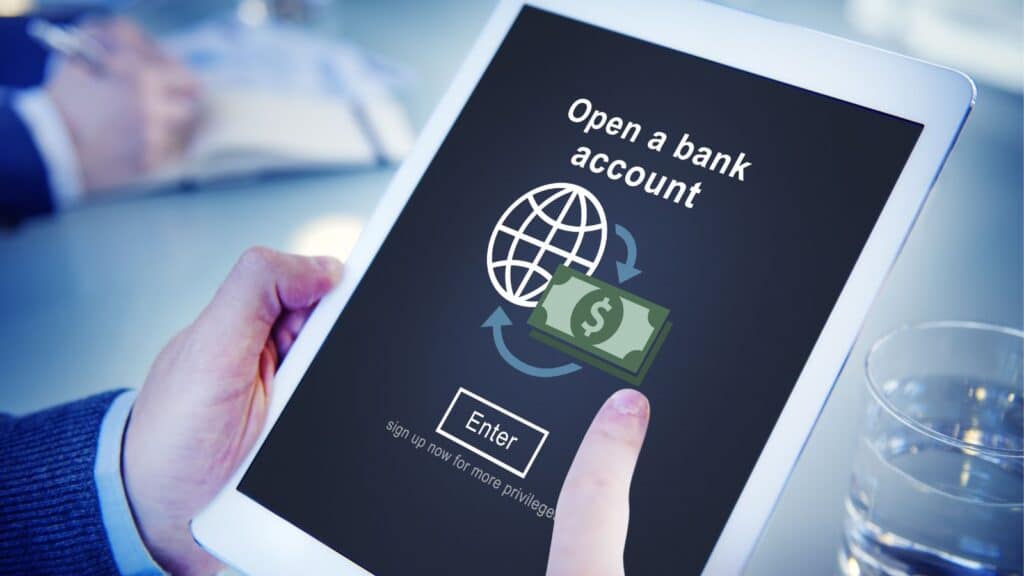Convenience makes life easier, but it often comes with a cost. Many services built to save time end up taking more from your budget each month. Delivery apps and digital subscriptions are two clear examples of habits that push your spending higher. These twelve common conveniences can hurt your finances if you are not paying attention.
Grocery Delivery Fees

Ordering groceries online feels like a time-saver, but service fees, delivery charges, and tips can add 20 percent or more to your total. If you are using these services weekly, that adds up fast. Picking up your own order or shopping in-store keeps those costs under control.
💸 Take Back Control of Your Finances in 2025 💸
Get Instant Access to our free mini course
5 DAYS TO A BETTER BUDGET
Meal Subscription Boxes

Meal kits promise convenience, but the price per serving is usually higher than buying ingredients yourself. Most subscribers also forget to skip weeks or cancel in time, which leads to wasted food and wasted money. Try using meal kits only occasionally instead of relying on them every week.
Ride-Share Services

Using Uber or Lyft feels easier than driving, but frequent trips can quietly drain hundreds each month. Surge pricing and convenience fees often double the cost of short rides. Limiting these to special occasions helps keep transportation spending reasonable.
Food Delivery Apps

Delivery apps add multiple layers of costs—service fees, delivery charges, and inflated menu prices. Ordering directly from restaurants for pickup can save 30 percent or more. Better yet, cooking at home turns one takeout meal into several affordable leftovers.
Subscription Streaming

Streaming services were supposed to be cheaper than cable, but having five or six subscriptions often costs even more. Prices continue to rise, and some now include ads unless you pay extra. Rotating one or two platforms at a time helps reduce the total.
Automatic Renewals

Free trials and annual memberships often renew automatically, charging your card without warning. Many people forget they even signed up. Reviewing statements each month helps you spot and cancel anything that is no longer worth it.
Smart Device Subscriptions

Some smart home devices require monthly payments to access “premium” features like video storage or app control. Those small fees add up quickly when you have several devices. Choosing products with built-in storage or one-time costs saves money in the long run.
Convenience Banking Apps

Instant transfer apps and overdraft protection can be helpful but often include hidden fees. Instant payouts may cost a percentage of your transaction, and overdraft “safety nets” still charge interest. Using slower, free options can save you small amounts that add up over time.
Online Payment Plans

Buy Now, Pay Later services make expensive purchases feel affordable, but they can encourage overspending. Multiple payment plans across different apps can lead to confusion and debt. Treat these as loans, not freebies, and only use them when absolutely necessary.
Auto-Refill Services

Automatic refills for household items or prescriptions sound convenient but can lead to excess stock or forgotten charges. Prices also fluctuate, meaning you may pay more than you would in-store. Regularly reviewing quantities and prices keeps your spending in check.
Cloud Storage and Photo Services

Cloud storage plans often start cheap, but fees increase once you hit certain limits. Many people pay monthly for storage they barely use. Deleting old files or moving data to a free plan can eliminate another recurring charge.
Grocery Pickup Markups

Some grocery stores charge more for online pickup orders than for in-store prices. Added service fees or price rounding may not seem noticeable at first but add up over time. Comparing receipts helps you decide if the convenience is worth the difference.
When “Easy” Starts Costing Too Much

Convenience is great until it becomes a habit that empties your wallet. Taking a few minutes to review recurring costs and hidden fees helps you spot where your money is slipping away. The goal is not to give up convenience entirely but to use it wisely so it works for your budget instead of against it.
This article first appeared on Cents + Purpose.



